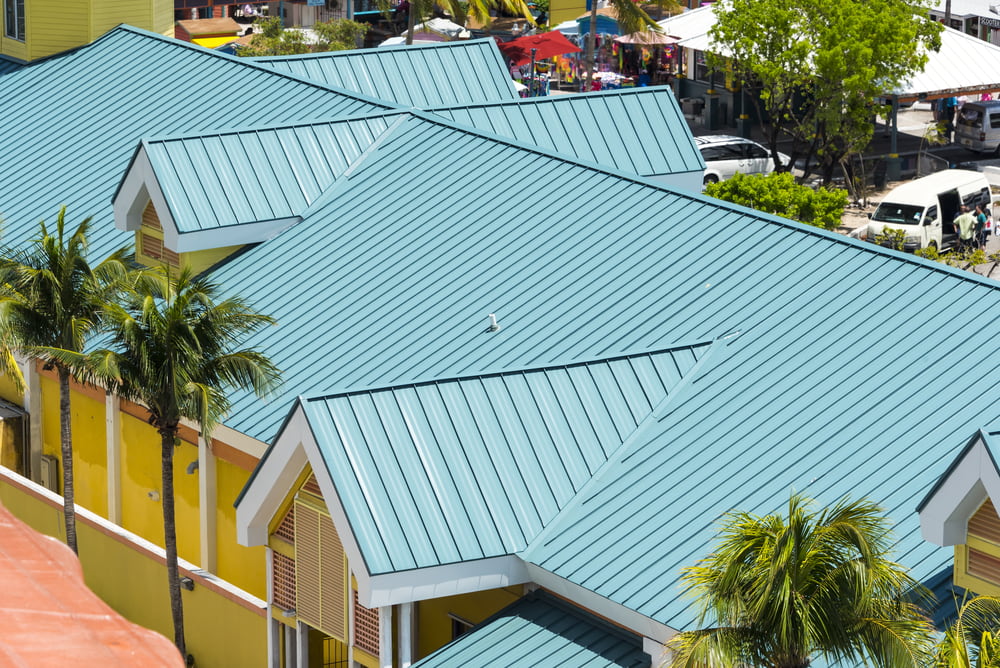In this blog post, we will explore the world of architectural shingles and their significance in home improvement projects. Pinnacle Home Improvements, a renowned roofing contractor specializing in roofing solutions, will guide you through the features, benefits, and installation process of architectural shingles. Whether you are a homeowner or a DIY enthusiast, this article will equip you with the knowledge needed to make informed decisions about your roofing needs.
What Are Architectural Shingles? Unveiling the Benefits for Modern Roofs
Because there are so many types of asphalt shingles, you may not have heard of architectural shingles. They are a type of roofing material that offers a distinctive, dimensional look to residential and commercial buildings. Unlike traditional three-tab shingles which have a flat appearance and a uniform shape, architectural shingles are characterized by their varied sizes and shapes. This not only enhances the visual appeal of a roof but also contributes to a texture that imitates natural wood shake or stone. Made from a heavy fiberglass mat base and ceramic-coated minerals embedded in water-resistant asphalt, these shingles provide improved durability and longevity.
The design of architectural shingles allows for a richer, more layered appearance on the roof. They are thicker and often contain multiple layers of material, making them more resistant to wind and weather damage compared to standard shingles. The variety in patterns and colors available with architectural shingles also enables homeowners and architects to choose an aesthetic that complements the style and character of the property.
In addition to their attractive look, architectural shingles are known for their functional benefits. They typically have a longer lifespan, often carrying warranties of 30 years or more, which is several years longer than the warranties associated with traditional shingles. Their added weight helps them better withstand the environmental factors they face on rooftops, including high winds, hail, and continuous sun exposure. Although they are generally more expensive than three-tab shingles, the investment in architectural shingles is often justified by their longer life expectancy and enhanced protective qualities.
Benefits of Architectural Shingles
Architectural shingles offer enhanced durability and an appealing aesthetic that stands out among roofing materials. They provide significant advantages for homeowners looking for a combination of practicality and beauty in their roofing choices.
Durability and Longevity
Architectural shingles are engineered for superior protection against the elements. These shingles typically have a longer lifespan compared to traditional 3-tab shingles, often lasting 30 to 50 years with proper installation and maintenance. The construction of architectural shingles includes multiple layers of asphalt, lending them added strength and an ability to withstand high winds, sometimes up to 130 mph. The design often includes fiberglass matting for increased resistance to tearing and warping.
Key Points:
- Lifespan: 30-50 years
- Wind Resistance: Up to 130 mph
- Construction: Multiple layers, often with fiberglass
Aesthetic Appeal
One draws considerable aesthetic appeal from architectural shingles thanks to their dimensional profile which can mimic the look of more traditional materials like slate or wood shake. Available in an array of colors and styles, these shingles allow homeowners to enhance their home’s curb appeal and potentially increase its market value. The texture and contours of architectural shingles add a rich, premium look to a home’s exterior with the added benefit of not requiring the additional maintenance that natural materials may need.
Key Points:
- Visual Texture: Mimics slate or wood shake
- Variety: Wide range of colors and styles
- Maintenance: Less than natural materials
Types and Styles
Architectural shingles offer a range of types and styles, each with unique characteristics. These shingles are known for their dimensional profile that provides a rich, multi-layered look.
Material Varieties
Architectural shingles are primarily composed of heavy fiberglass mat base and ceramic-coated mineral granules embedded in water-resistant asphalt. They come in two main types: laminated shingles and dimensional shingles. Laminated shingles consist of two shingle strips laminated together, while dimensional shingles refer to a variety of architectural shingles that have two or more layers to create a three-dimensional appearance.
- Laminated Shingles: Typically heavier and offer better durability.
- Dimensional Shingles: Available in high-grade options intended for enhanced aesthetic appeal and longevity.
Color and Texture Selections
One of architectural shingles’ most notable features is their vast selection of colors and textures, which allow them to mimic other roofing materials like slate or wood shake.
| Texture Type | Common Colors |
| Slate-Like | Charcoal, Stone Gray |
| Wood Shake | Cedar Brown, Weathered Wood |
| Smooth | Black, Dual Black |
Architectural shingles can also come in a variety of patterns, such as:
- Straight: Traditional, clean horizontal patterns.
- Random: Non-uniform arrangement for a more organic look.
These options enable customization to match a home’s exterior design, ensuring the roof complements the overall aesthetic.
Choosing Architectural Shingles
When selecting architectural shingles for a roofing project, one must evaluate quality, cost, and climate suitability to ensure the right choice for longevity and performance.
Evaluating Quality
The quality of architectural shingles is dictated by their material composition, weight, and warranty length. Materials like laminated asphalt are common, offering better durability than standard shingles. Architectural shingles also come in various weights, with heavier ones typically lasting longer. A substantial manufacturer’s warranty can be a clear indicator of quality, often covering 30 years or more. One must check the shingle’s wind resistance rating and whether they meet industry standards like ASTM D3161, classified by wind speed resistance.
Cost Considerations
The price of architectural shingles often reflects their quality, but one must balance cost with other factors. It is helpful to compare shingles side by side considering material costs, labor, and lifespan. The table below summarizes the cost elements:
| Aspect | Cost Implications |
| Material Costs | Higher for premium quality shingles |
| Labor | Influenced by ease of installation and local rates |
| Lifespan | Long-term savings if higher-priced options offer extended durability |
Initial investment must be weighed against the potential long-term savings due to less frequent repairs or replacements.
Climate Suitability
The effectiveness of architectural shingles varies based on the climate. For areas prone to high winds, one should opt for options with high wind ratings. In regions with heavy snowfall or rain, shingles with good water resistance are critical. Additionally, those living in hotter climates should consider shingles with reflective properties to minimize heat absorption, which can translate to energy savings. It’s important to ensure that the chosen product has been tested for factors like UV resistance and thermal cracking to ascertain performance in specific climates.
Installation Process
The installation of architectural shingles requires meticulous attention to detail, starting with thorough preparation, followed by precise laying techniques, and concluded with careful finishing touches.
Preparation Steps
Before beginning, the roof deck must be cleared of all old roofing materials and debris. It is crucial that the surface is level and clear of protrusions that could damage the new shingles. A layer of roofing felt should be applied to the cleaned deck surface, adhering to the manufacturer’s guidelines. This underlayment provides an additional barrier against water infiltration.
- Roof Inspection: Ensure no structural damage or rot
- Cleaning: Remove all debris from the roof surface
- Underlayment Installation: Roll out and secure roofing felt
- Drip Edge: Install along roof eaves to direct water away from the deck
Laying Techniques
Architectural shingles are laid from the bottom edge of the roof, starting with a starter strip which helps to properly align the shingles and provide the first course of leak protection. Shingles should then be overlapped according to specifications, with the staggered pattern providing enhanced durability and visual appeal.
- Starter Strip: Place along the edge of the roof
- First Row: Position shingles with proper overhang past the drip edge
- Nailing: Use corrosion-resistant nails, usually four to six per shingle
- Pattern: Follow a staggered pattern as prescribed by the shingle manufacturer
Finishing Touches
The ridge cap, the last component to be installed, is critical for preventing water and debris from entering under the shingles at the roof’s peak. All flashing and vent installations must be checked and sealed to prevent leaks. The cleanup process includes disposing of any unused materials and ensuring that the roof surface is tidy.
- Ridge Cap: Apply to cover the peak of the roof
- Flashing: Secure around chimneys, vents, and valleys
- Sealing: Apply roof sealant to nail heads and flashing edges
- Cleanup: Remove all remaining debris and leftover materials
Common Questions
This section addresses prevalent inquiries concerning the durability and care of architectural shingles. Readers will find factual and specific information about their typical lifespan, warranty specifics, as well as their maintenance and necessary repairs.
Lifespan and Warranty
Architectural shingles, often considered a premium roofing material, typically boast a longer lifespan than traditional 3-tab asphalt shingles. They can last:
- 25 to 30 years on average
- Up to 50 years for higher-end products
The warranty for architectural shingles generally correlates with their expected lifespan and can range from 30 years to a lifetime warranty depending on the manufacturer and product tier. Warranties usually cover manufacturing defects and vary in terms of coverage over time, often diminishing on a prorated basis.
Maintenance and Repairs
Architectural shingles require minimal maintenance, and they are designed for durability and to withstand various weather conditions. However, regular inspections and upkeep can extend their life:
- Inspections: Recommended twice a year, looking for damage or wear.
- Repairs: Should be done promptly to avoid leaks and other damage.
It is necessary to clean architectural shingles carefully to prevent damage, utilizing non-abrasive methods. Repairing damaged shingles immediately can help preserve the integrity of the roofing system.
Trust Pinnacle Home Improvements to Install Your New Architectural Shingles
Join the many homeowners who have placed their trust in our expertise and experience the peace of mind that comes with a top-tier shingle roof installed by the best in the business. Pinnacle Home Improvements specializes in providing high-quality roofing solutions tailored to meet the unique requirements of each client. Contact us today about your new roof!








